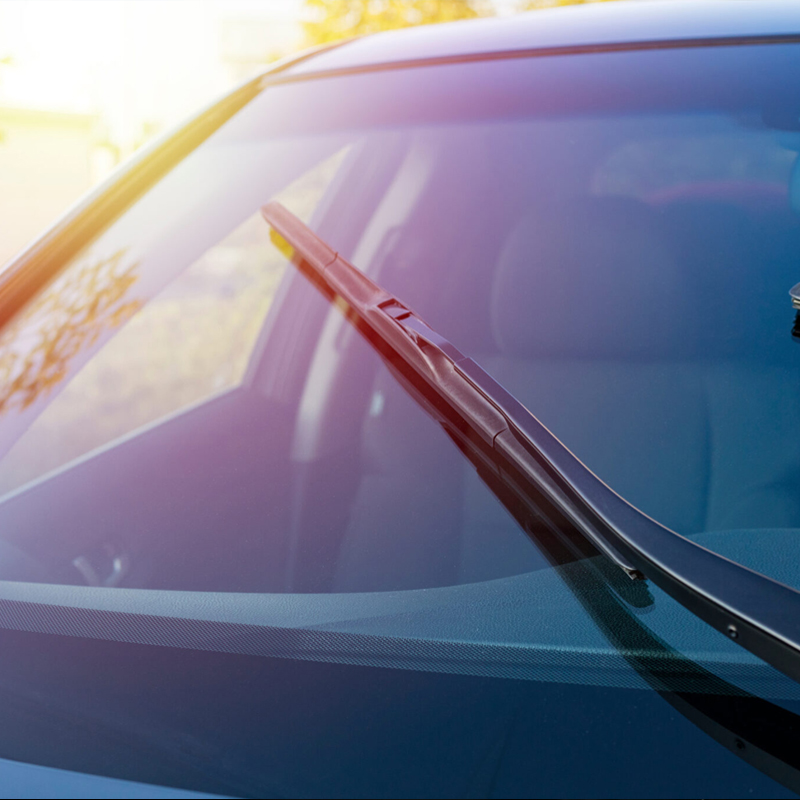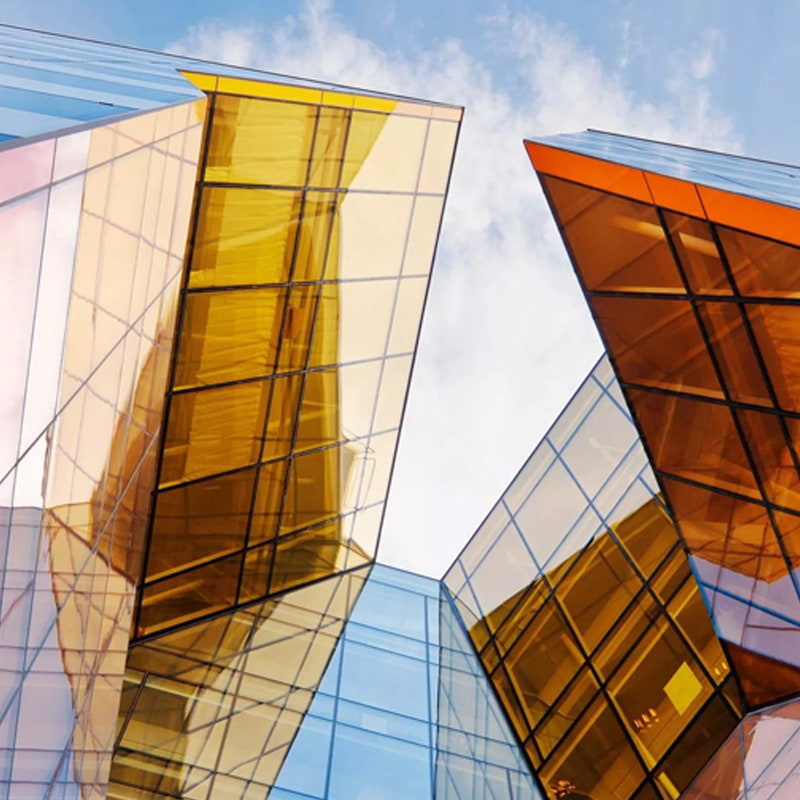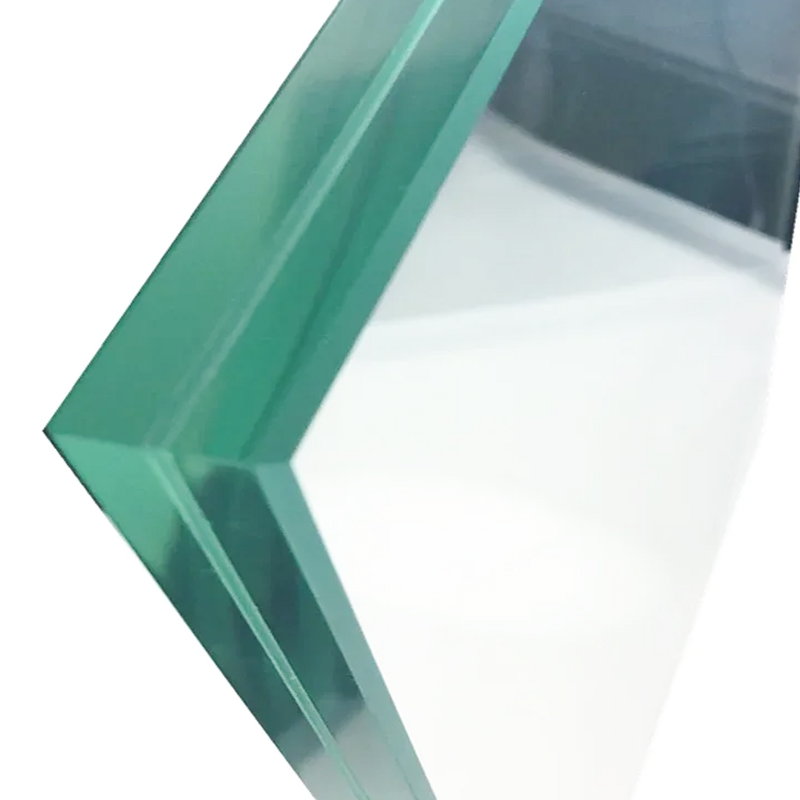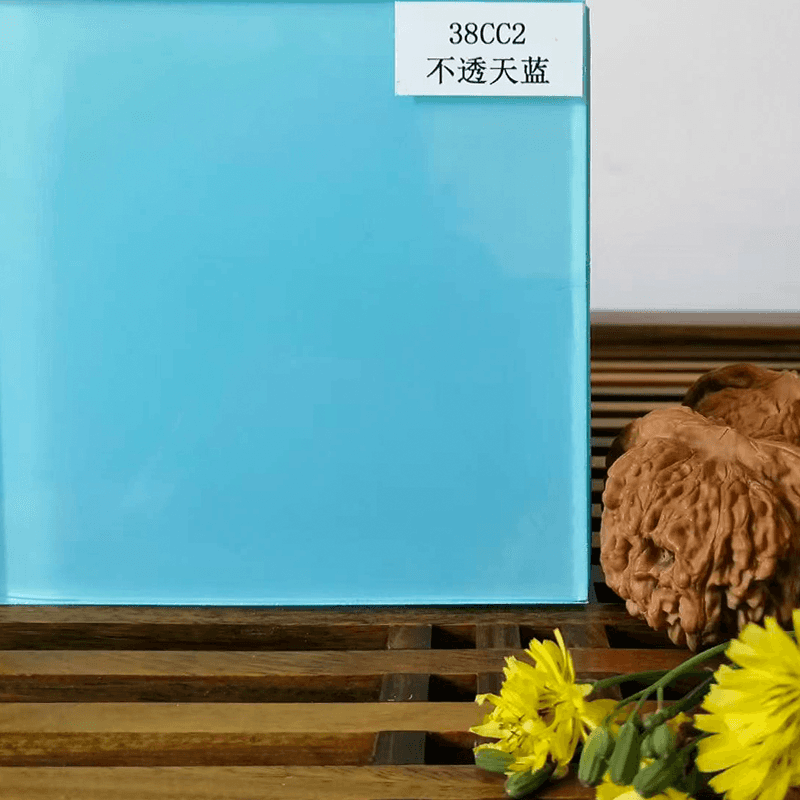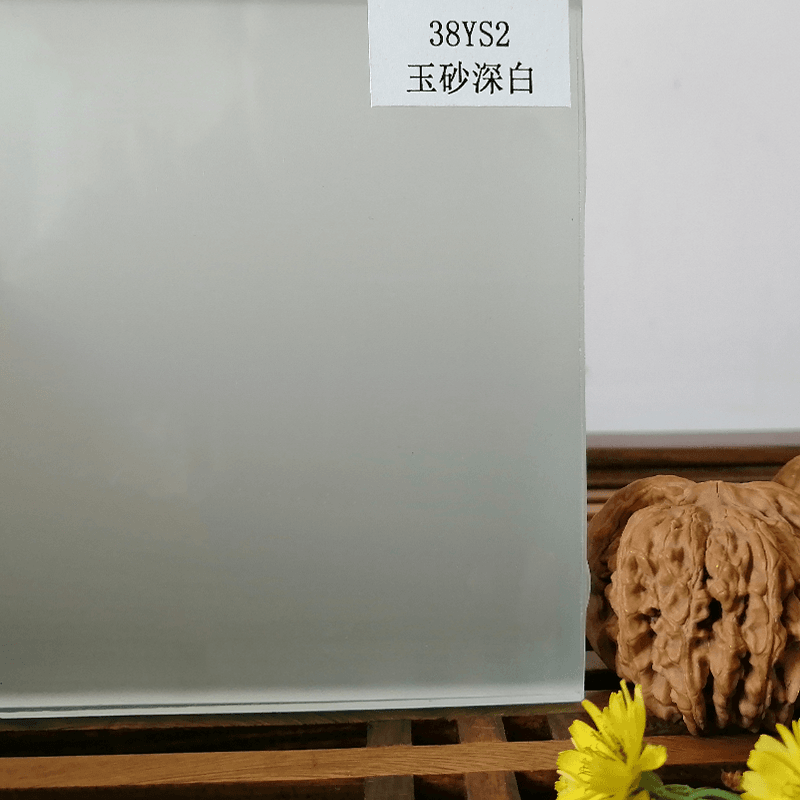language
In modern automotive engineering, safety has always been a core design element. A car windshield is not only a transparent barrier that protects drivers and passengers from wind, rain, dust, and insects, but it also plays a critical role in the vehicle’s overall safety system. Within the windshield, the PVB interlayer film (Polyvinyl Butyral Interlayer Film) serves a vital function.
Basic Structure and Principles of PVB Interlayer Film
PVB interlayer film is a polymer-based thin film typically sandwiched between two layers of glass. Through a process of heat and pressure, laminated glass is formed. This structure not only increases the strength of the glass but also provides unique safety properties.
- Structural Features: PVB films typically range in thickness from 0.38 mm to 0.76 mm, and different thicknesses can be selected based on vehicle performance requirements. The film has excellent flexibility and adhesion, allowing it to bond tightly with glass surfaces.
- Bonding Principle: During the heat-press process, the PVB film softens and forms a chemical and physical bond with the glass, creating an integrated structure. When the glass is subjected to force, the PVB layer absorbs and disperses impact energy, preventing shards from scattering.
Enhancing the Safety of Automotive Windshields
Safety is the most important function of PVB interlayer film, manifested in several key aspects:
Preventing Injury from Glass Shards
Ordinary glass shatters into sharp pieces when impacted, posing a serious risk of injury to occupants. The PVB interlayer film keeps the glass fragments adhered to the film, forming a mesh-like structure. Even if the glass breaks, shards do not scatter, significantly reducing the risk of injury.
Increasing Impact Resistance
The PVB film’s high toughness allows it to absorb and dissipate energy from impacts. When the windshield is struck by small stones, hail, or minor collisions, the film helps reduce the likelihood of glass shattering. This is particularly important at high speeds, where flying shards can cause secondary injuries or accidents.
Preventing Ejection in Rollovers
In severe accidents, a vehicle may roll over or be involved in collisions. Laminated glass, reinforced with PVB film, maintains structural integrity, preventing passengers from being ejected through the windshield or roof glass and increasing survival rates.
Improving Comfort and In-Car Experience
In addition to safety, PVB interlayer film enhances driving comfort and passenger experience:
Noise Reduction
During driving, wind, road, and traffic noise can affect comfort. The PVB film’s elasticity and damping properties absorb vibrations and sound waves, reducing interior noise and creating a quieter cabin environment.
UV Protection
PVB film blocks a significant portion of ultraviolet (UV) radiation, reducing harm to passengers’ skin and preventing dashboard, seats, and interior materials from fading or aging. This not only improves comfort but also extends the life of the vehicle interior.
Glare and Heat Control
Some PVB films are specially treated to reduce glare and heat transmission, helping to minimize sunlight interference for the driver and enhancing both safety and comfort.
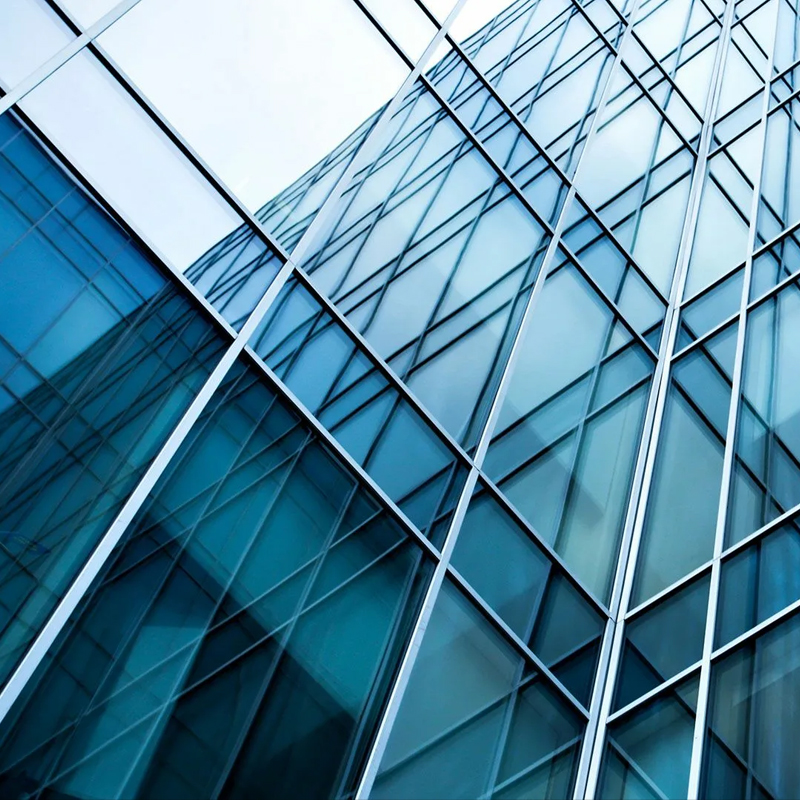
Durability and Long-Term Performance
PVB interlayer film is not only effective in new vehicles but also maintains its performance over time:
- Aging Resistance: High-quality PVB films resist yellowing and brittleness, ensuring the glass continues to provide safety throughout its lifespan.
- Temperature and Humidity Resistance: The film adapts to varying environmental conditions, reducing the risk of delamination or weakening.
- Ease of Maintenance: Laminated glass surfaces are smooth and easy to clean, while the PVB layer reduces the likelihood of cracks or shattering from minor scratches, extending service life.
PVB Film in Automotive Safety Standards
Modern vehicle design is governed by increasingly strict safety standards. Regulations require windshields to meet certain impact resistance criteria. Laminated glass has become standard worldwide, and the PVB interlayer film is the core material that ensures vehicles pass crash tests and provide higher levels of occupant protection.
Future Development Trends
With advances in material science, PVB interlayer films continue to evolve:
- High-Performance Composite Films: Incorporating nanomaterials or other polymers to improve impact resistance and weatherability.
- Multifunctional Films: Combining safety with heat insulation, UV protection, and glare reduction.
- Environmental Sustainability: Developing recyclable or biodegradable PVB films to reduce environmental impact.
These innovations will further enhance vehicle safety, comfort, and eco-friendliness, providing greater possibilities for future automotive manufacturing.
Conclusion
In summary, PVB interlayer film plays an irreplaceable role in automotive windshields:
- Safety: Prevents injuries from glass shards, enhances impact resistance, and increases occupant safety during rollovers.
- Comfort: Reduces noise, blocks UV radiation, and minimizes glare, improving the in-car environment.
- Durability: Resistant to aging, temperature, and humidity changes, while requiring minimal maintenance.
- Compliance: Ensures vehicles meet global safety standards and crash test requirements.
PVB interlayer film is not only a core material in modern automotive windshields but also a crucial component for protecting the lives of drivers and passengers. With ongoing technological advancements, it will continue to play an even greater role in safety, comfort, and sustainability.

